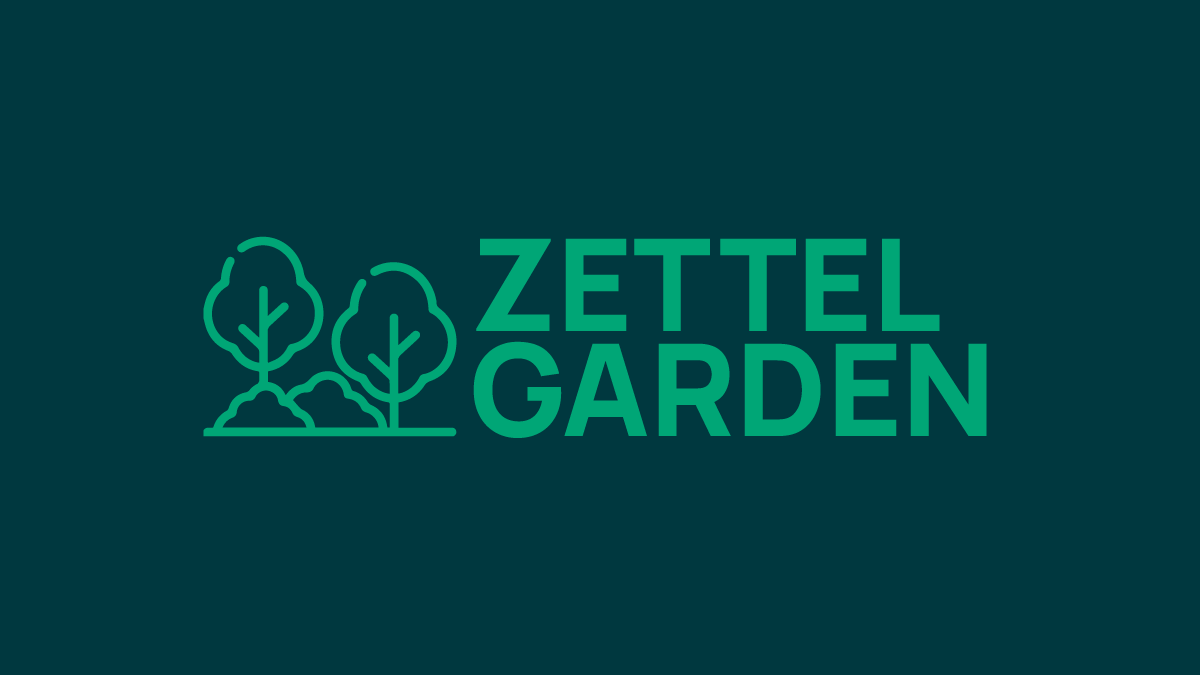TLDR This is an evolved version of my previous digital garden. “Zettelgarden” is an exploratory project inspired by an amalgamation of two concepts I am deeply passionate about - Zettelkasten and Digital Gardens.

Key terms of influence:
- End user agency (Agentic Software)
- Tools of thought
- Artisanal Web
- Fractional writing
- Semantic Relationship
- Ontologies
- Information Structures.
Quick History
When I began this journey in 2020, the idea of building a garden was centred around Niklaus Luhmann’s approach towards collecting and processing information. But since then I have traversed through different tools of thought like Roam Research, Obsidian MD, and Logseq, and saw the emergence of LLMs, and trends in web development. I had several philosophical and focus shifts and this remains a journey of open discovery.
I have moved completely from starting points like PARA to building my own frameworks for processing information.
Current tools
Most of the capture flow has been brought down to TANA. Tana has helped a lot for me to come to terms with ontologies and I feel I have finally settled on something long-lasting. Though Tana has a publishing feature I don’t use it as it feels too structured and meant for peer-to-peer sharing than a garden/blog.
I use the Voice Notes app to record and reflect on daily aspects of life. Obsidian serves as the content editor for this ssg website, powered by Cloud flare pages, running on Quartz 4.0.
How contents are structured in this garden.
Top Level Classification
- Notes - Ideas collected from different sources with different levels of maturity (Seed, Sapling, Tree)
- Thoughts - Opinions and reflections
- Blog Posts - Just a piece of writing that is supposed to be a blog
- Logs - Logs to track the changes I have made to this garden
Fruit tag represents a writing that has been developed directly as a result of maintaining this garden.
Ethos and Values for the Garden
A garden is a garden, a forest is a forest!
If you are building a garden, it should be kept as one. A garden is not chaotic. Even the structure of a garden is not conventional, what makes a garden, a garden is its user-friendliness. People should be able to enter and find their way through the garden. Be wary of your garden turning into a forest quickly if you don’t have time to take care of it and weed the unwanted plants with regular maintenance. The private counterpart of this system - the one that is housed by Tana is a digital forest - left intentionally chaotic, portions of which I have lost total control of. But the introduction of llm chat has helped discovery possible even inside the forest.